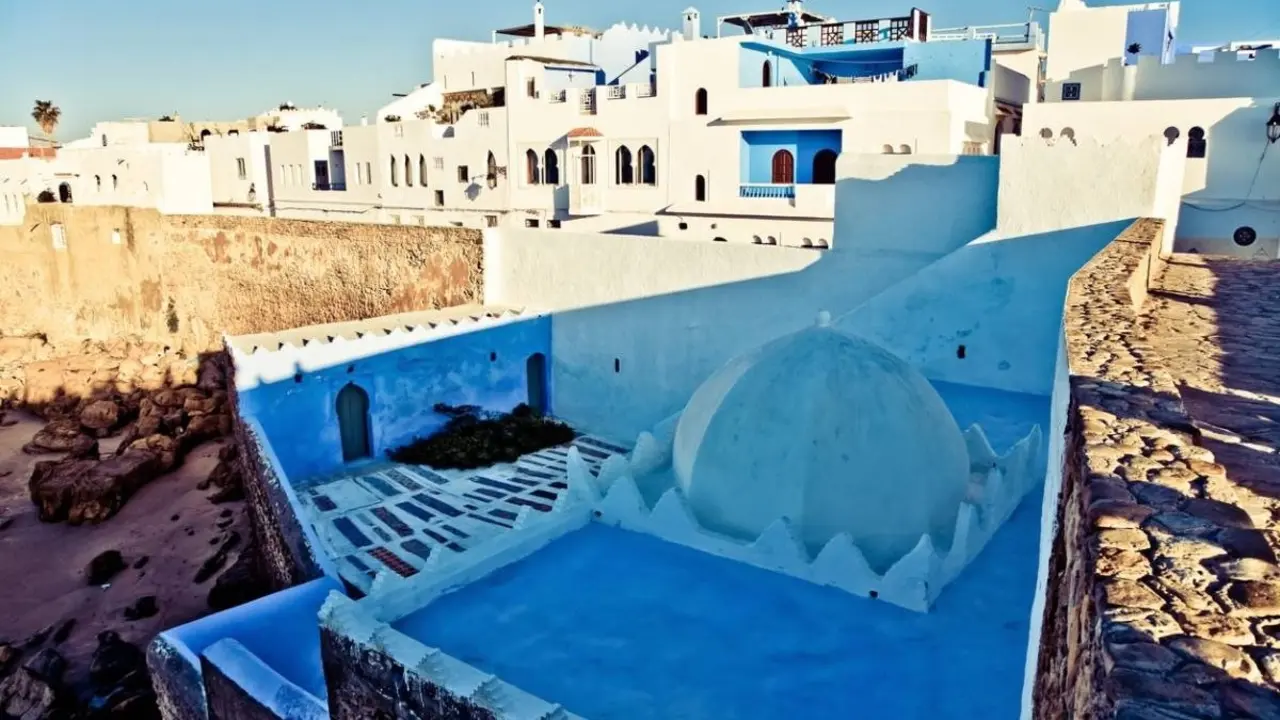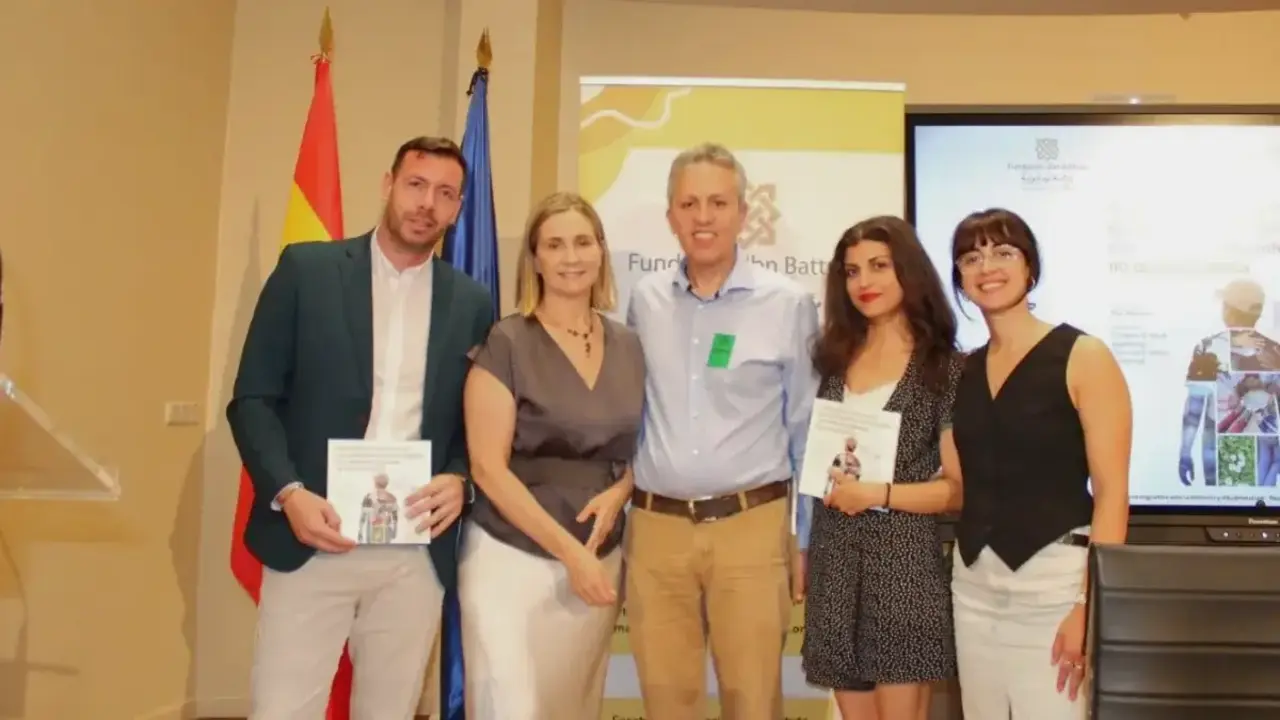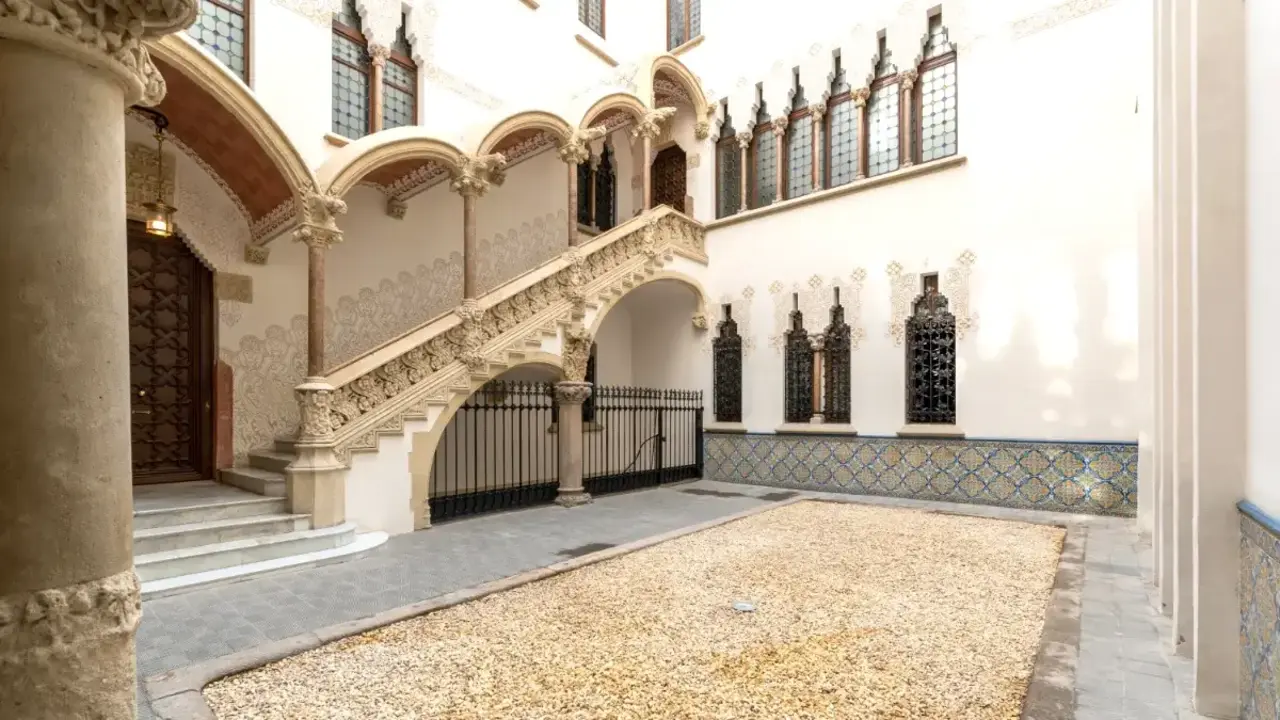Bab al Hawa: the corridor on which 4 million Syrians depend for their lives

The extension of Syria's last humanitarian aid corridor hangs in the balance. A Security Council meeting on 10 July will decide whether the so-called Bab al Hawa corridor, which links northern Syria with Turkey, will continue to provide humanitarian aid to more than four million people.
This decision is in the hands of China and Russia, permanent members of the Security Council, which have the power to decide how the future of Syrians' lives, specifically those living in Idlib governorate, will unfold. Until 2019, renewals for the operation of the corridor went smoothly. However, Russia in 2020 used its permanent membership to force the closure of all Syrian humanitarian corridors except Bab Al-Hawa. In the event of a definitive closure, several humanitarian organisations report that they will not be able to feed more than 10% of this population.

Idlib is the last bastion that managed to establish a final resistance against the Al-Asad government. This region is now under Turkish threat after Erdogan approved a military operation aimed at taking control of the region and ending the Kurdish presence. In addition to a large Kurdish population, millions of Syrians have fled to Idlib through internal displacement as refugees.
In these circumstances, the Bab al Hawa border crossing was established in 2014 to allow the delivery of UN-facilitated humanitarian aid to areas then under the control of al-Assad's opposition. In this context, the Al-Asad government, as well as the army, took this aid as if it were a political weapon and systematically prevented any aid from taking place.
For this reason, the Security Council decided to resort to employing four crossings along the Syrian border, one that would be directly linked to Jordan, one to Iraq and the other two to Turkey, in order to help the population in the area. Since its implementation, the corridor has been able to moderately meet the basic needs of the population, a situation that could be completely reversed with its possible closure.

With the fall of Daesh in Syria, the country considered the "end" of a civil war that began in 2011 with the outbreak of the Arab Spring. Three years later, Daesh jihadists managed to take control of several strategic enclaves in Syria such as Raqa, Aleppo and Hasakah. This gave the conflict a markedly international character. The civil war was joined by the war against jihadism, all under air strikes by al-Assad and his Russian ally. The final result was a country devastated by both destruction and instability, leaving more than half a million dead in its wake.
However, the defeat of Daesh by the US-backed Kurdish-Syrian militias did not mean the end of the internal conflict. Northern Syria continues to face various offensives from both the Al-Assad government and Russia, as well as from Turkey. Moreover, Syria continues to harbour jihadist groups that are beginning to emerge at a time when the US has withdrawn its troops.

All of this at a time when the national economy is suffering a major economic collapse that is having repercussions on the starvation of the population.
The co-founder of the humanitarian organisation Syria Relief & Development, Jomana Qaddour, has denounced the fact that there are "organisations and institutions that have been in emergency mode for 12 years" and that, in the event of closure, organising a plan capable of helping this population is very complex.

"The Syrian crisis has been so all-consuming and overwhelming that planning a massive humanitarian response now, under a totally different umbrella with all the commitments of all the different actors, from the local level to international donors, would be really challenging," she laments.
In addition, last September saw a series of ceasefire breakdowns in Idlib by the Syrian army and the Russian army, making this offensive the largest escalation since the cessation of violence was signed in 2020. However, these were not the only attacks, as a year before the pandemic, in 2019, Idlib faced several aerial bombardments against health workers. These attacks also managed to wipe out several medical infrastructures that provided aid to the population.

The heavy bombardment caused the displacement of one million Syrians in the city. According to a UN report, it shows that there is a significant threshold of acute malnutrition emergency, especially among children. They also point out that this population and three million other civilians in north-western Syria are directly dependent on aid coming through the Bab al Hawa border crossing, so its closure would put their lives at risk.
The Security Council has the final say in deciding its future. Through resolution 2533, Council members vote annually on the renewal of the border crossings, which are themselves administered by the UN. The annual votes on the latest renewals have resulted in the closure of several border crossings due to vetoes by China and Russia. Now, in the next vote, it is feared that the closure of Bab al Hawa will be implemented.
n 2020, before the annual vote on its renewal, Physicians for Human Rights (PHR) policy director Susannah Sirkin stated that "despite record-level cross-border aid deliveries in northwest Syria, humanitarian needs remain overwhelming" and called on the Council to "enable humanitarian assistance through all available channels and renew the cross-border aid resolution to ensure access to life-saving aid for the four million Syrians in need". The same call is being maintained today, a month before the new vote takes place, but in a significantly different scenario at a time when Ukraine is now the scene of a military invasion by Russia that is having major repercussions internationally.
The fact that both Russia and Ukraine are major suppliers of wheat has a direct impact on both rising food prices and food shortages. Syria, which due to its geostrategic position is sandwiched between various international interests, is trying to survive in the face of a bleak outlook, all the more so as the focus, international efforts - and the resulting media attention - is now on Ukraine.







